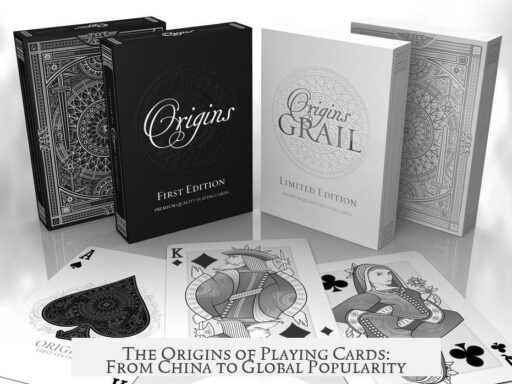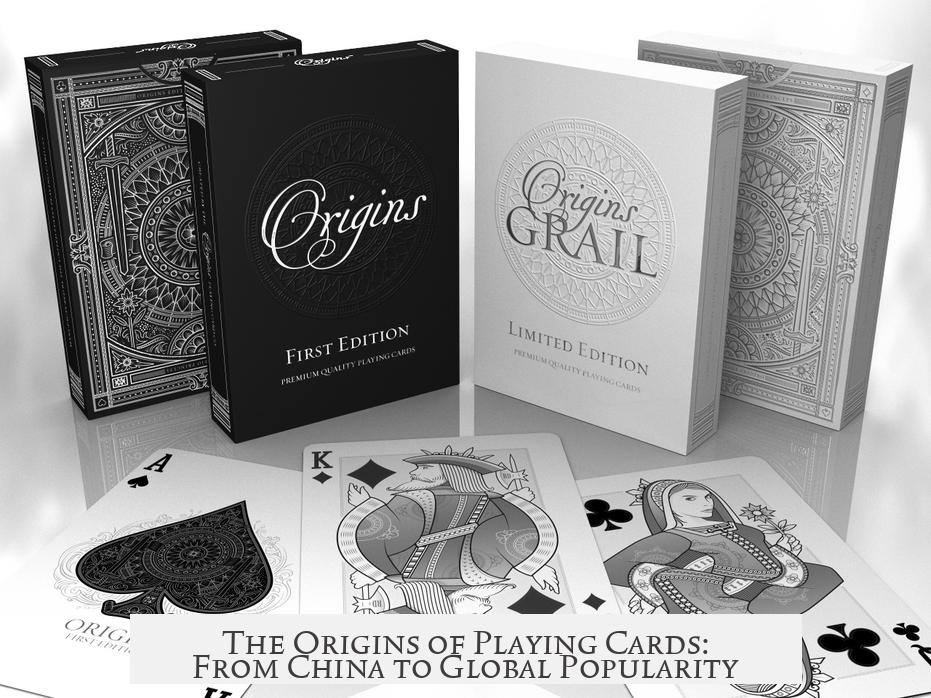Playing cards were invented in China during the Tang Dynasty (618-907 CE), with their origins tracing back to the 9th century. While no single person can be definitively credited, one theory suggests Emperor Hui Tsong of the Sung Dynasty gifted cards to his concubines around 1114. However, evidence indicates cards existed earlier.
The initial playing cards emerged in a period when paper currency was widespread in China. Soldiers and travelers found paper currency lost value the farther it traveled from power centers, such as the Tang capital. This decline in currency value led them to repurpose paper for entertainment, creating a foundation for playing cards.
The cards quickly spread across Asia and the Middle East. Their portability and ease of use made them popular among soldiers. Playing cards became a common entertainment source for armies moving across regions, facilitating cultural exchanges. This military use explains why decks appeared worldwide.
In Europe, playing cards reached through the Middle East, where factors such as migration, poetry, court intrigue, and even the criminal underworld affected their designs. Early European decks adapted features from original Chinese cards but evolved distinctly with different suits and artwork. This adaptation process reflects a rich blend of influences.
| Stage | Details |
|---|---|
| Origin | Invented in China (Tang Dynasty) during 618-907 CE |
| Early Use | Used paper currency as the base; entertained travelers and soldiers |
| Spread | Extended through Asia, Middle East, then Europe |
| Adaptation | Designs changed by culture, including military and literary influences |
The invention of playing cards links closely to innovations in paper currency and the cultural dynamics of ancient China. Their evolution from currency to entertainment tool displays human creativity adapting to social needs. No single inventor exists, but rather a process shaped by diverse influences and historical circumstances.
- Playing cards originated in China during the Tang Dynasty (618-907 CE).
- Emperor Hui Tsong is sometimes credited but likely not the first inventor.
- Paper currency use inspired the design and use of early cards.
- Soldiers facilitated the wide spread of cards across continents.
- Designs evolved as cards adapted to various cultures during their spread.
How Were Playing Cards Invented? Who Came Up With That Idea?
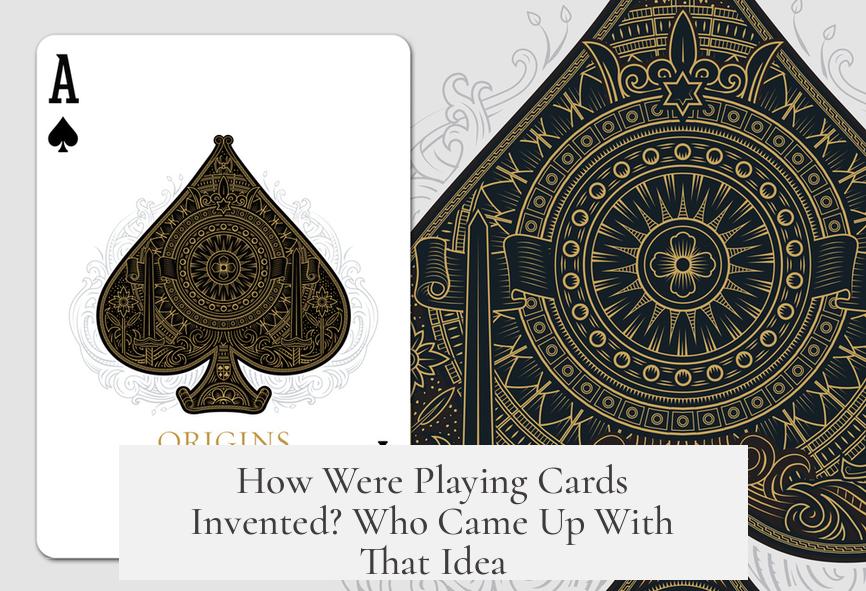
Playing cards were invented in China around the 9th century, possibly as early as the Tang Dynasty (618-907 CE), and their creation is often linked to both practical and entertaining uses. The exact inventor remains a mystery, but Emperor Hui Tsong of the Sung Dynasty (960-1279) is one candidate credited with popularizing the cards in 1114 as a pastime for his bored concubines.
Let’s unwrap this deck of history and see how a simple idea turned into a global pastime.
China: The Birthplace of Playing Cards
Playing cards start their story in ancient China. The earliest known cards appeared during the Tang Dynasty. This period was famous for innovation. Paper currency was a big deal then, introduced to ease trade and taxes. But not everyone trusted this new form of money, especially as it traveled far from the capital.
Soon, paper notes turned into more than just currency. Soldiers and travelers carried these pieces of paper with them—not just to spend, but to play with. Why? Because when you’re miles away from home, boring downtime becomes endless. Soldiers turned the currency into a game. This early form of entertainment helped the cards spread across Asia.
Did Emperor Hui Tsong Invent Playing Cards?
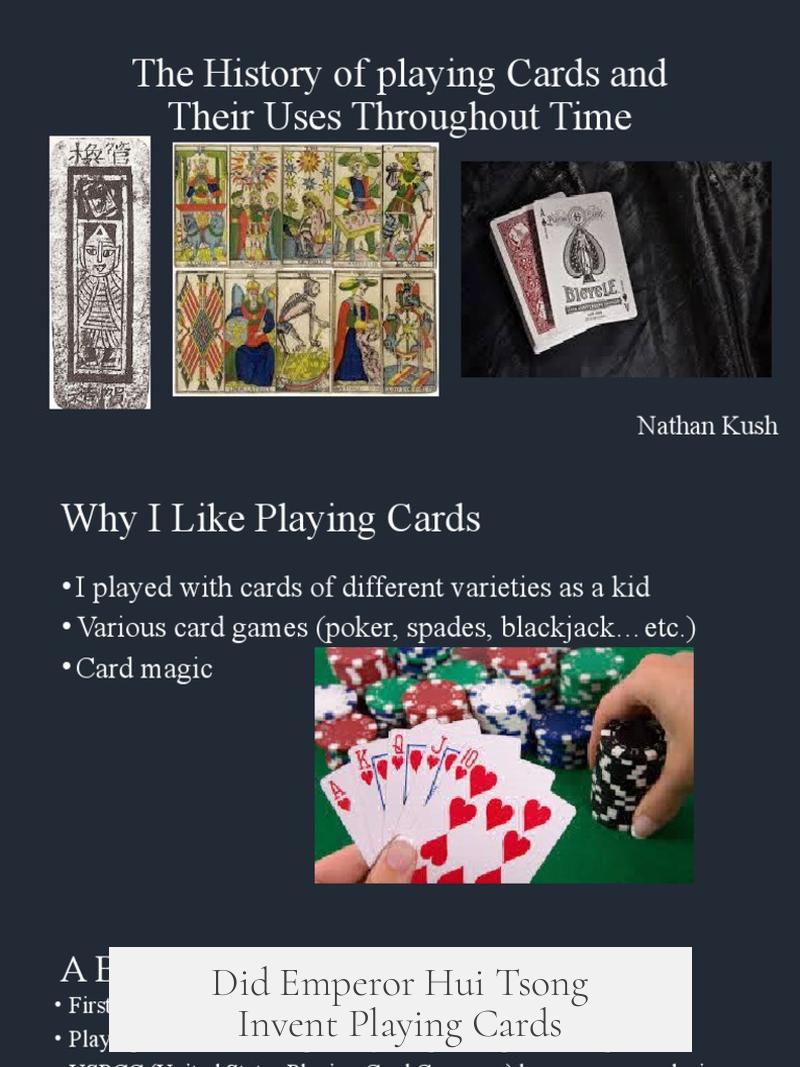
One popular story credits Emperor Hui Tsong, who ruled during the Sung Dynasty. The emperor supposedly created playing cards in 1114 as a gift to his concubines, who were bored with their lives. Imagine being gifted a deck of cards to spice things up. It’s plausible, but historians think playing cards already existed before this royal intervention.
This idea shows us something essential: cards weren’t just about gambling or luck; they were also about passing the time and socializing.
The Great Card Migration: From Asia to Europe
How did these cards leave Asia and become a staple in Europe? The travel story is as colorful as the cards themselves.
One theory paints the military as the primary carrier of playing cards. Soldiers, always on the move, found cards easy to carry, lighter than swords and way more fun. As they marched, camped, and fought across territories, they shared their cards with locals and traders. The cards got traded, copied, and adjusted to fit local tastes.
But there’s more to the tale. The cards’ journey to Europe involves court intrigues, secret societies, and even poetry!
In the Middle East, vibrant cultural exchanges slowed down but helped cards evolve. Thanks to innovations like block printing, card designs became more complex. When the cards finally arrived in Europe, likely in the 14th century, they held onto key Chinese features but adapted to new symbols and artwork.
The Symbolism and Adaptation of Cards
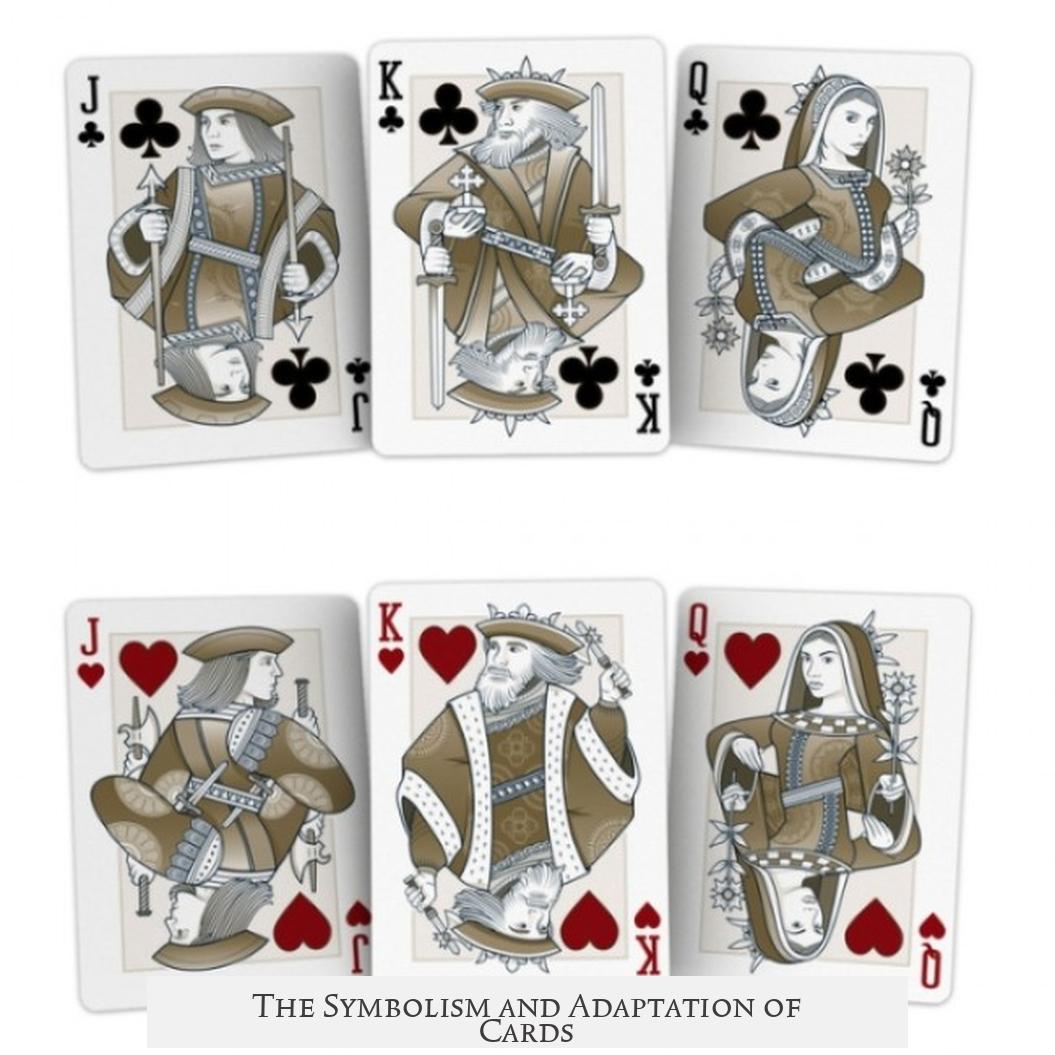
Playing cards changed across cultures but stayed true to some basics: suits, ranks, and style. The Chinese suits looked quite different from European clubs and spades, yet they all held a sense of structure and chance that made games exciting.
Did you know? European cards borrowed some ideas, but created new suits like hearts, diamonds, clubs, and spades, reflecting their own social systems and storytelling traditions.
Why Did Playing Cards Become So Popular?
Why did playing cards catch on worldwide? Their portability is part of the answer. Soldiers, travelers, and entertainers needed a lightweight, compact way to pass the time.
Plus, playing cards have surprising versatility. They aren’t just for gambling. Families, schools, and royal courts used cards for education, storytelling, and even fortune-telling.
Simply put, cards offer endless possibilities with just a small deck of paper. From strategic games to pure fun, the card deck’s strength is its endless adaptability.
What Can We Learn From This?
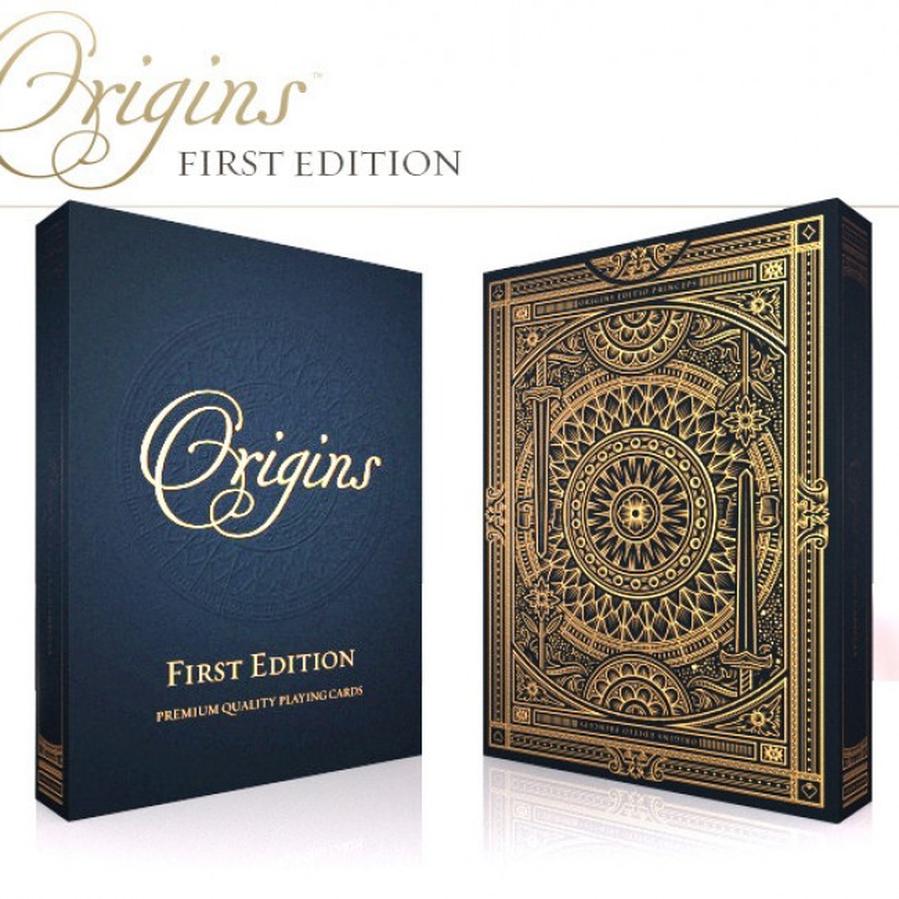
History teaches us that a simple idea can go global if it solves a problem—or brings joy. Playing cards started as currency and boredom killers then crossed continents, adapted to new cultures, and became a universal language of fun.
Imagine how different life would be without a deck of cards! Whether you’re playing poker, solitaire, or a friendly game of Go Fish, you’re holding centuries of fascinating history in your hand.
Final Thoughts: More Than Just a Game
The invention of playing cards is not just about who came up with the idea. It’s about how human creativity meets necessity, social connection, and fun. It’s about how paper and ink traveled with armies and merchants, sparking new traditions worldwide.
The next time you shuffle your deck, remember: you’re playing with a story that began over a millennium ago with soldiers, an emperor’s boredom, and the magic of printed paper. How’s that for a lucky hand?
How did playing cards first come into existence?
Playing cards were first invented in China. The earliest known cards date back to the Tang Dynasty between 618 and 907 CE.
Who is credited with inventing playing cards?
One theory credits Emperor Hui Tsong of the Sung Dynasty with inventing cards in 1114 as a pastime for his concubines. However, cards likely existed before his time.
Why did playing cards spread so widely across different cultures?
Soldiers found cards easy to carry and entertaining during campaigns. As they traveled, they introduced cards to many different cultures, aiding their global spread.
How are playing cards connected to currency?
The Tang Dynasty printed paper currency, which often lost value the farther from the capital it was used. Discarded currency was sometimes repurposed as entertainment by soldiers or travelers.
Did playing cards look the same in China as they do worldwide today?
Playing cards changed over time and place. They evolved in design and function as they traveled from China through the Middle East and into Europe.
